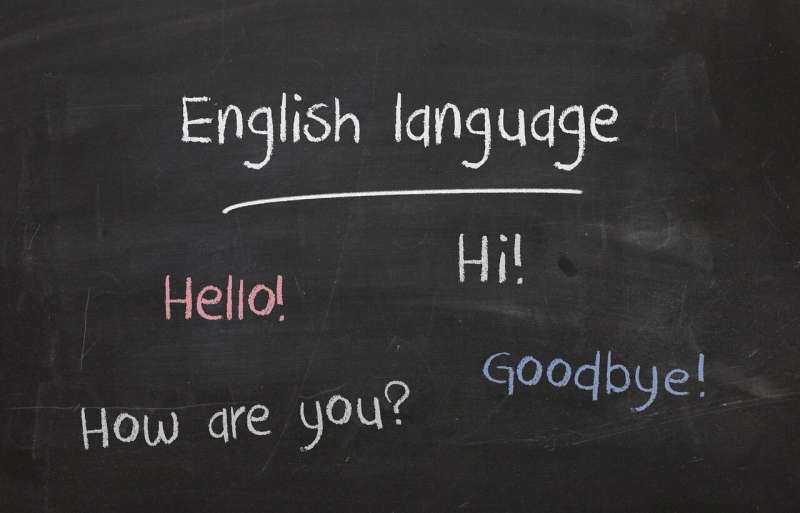Could the Netherlands crack the secret of language learning using this approach?

From the UK government's latest post-Brexit language-learning reforms to France's eternal debates over the supposed linguistic inadequacy of its youth, governments regularly scratch their heads over how to improve how languages are taught.
While the Netherlands discussed a major reform of curriculum and examinations as early as 1968, the current courses are seen by many as no longer preparing students well enough for the modern world. The baccalaureate exams do not test students' actual skills and knowledge so much as their ability to strategically answer multiple-choice questions.
This is particularly true for modern languages, where the final exam—a reading-comprehension exercise—receives hundreds of complaints from students who find it either too difficult or too ambiguous.
In the Netherlands, French is compulsory for students from age 11 to 15, yet a declining number continue to study it beyond that age. In such a context, educators in the Netherlands are asking how other methods might better meet the needs of students. Supported by many teacher trainers in the country and the language learning team at the University of Groningen, a usage-based approach to French has gained ground.
The Dutch and French
As in many European countries, Dutch students are frequently exposed to English, but that's not the case with French. The language is spoken by 70 million people in France, Belgium, Switzerland, Luxembourg, and Monaco, Franco-Dutch firms do 40 million euros in business annually, and organizations such as the French Institute and CCI France Netherlands provide support, yet for students there are few situations outside the classroom that afford the opportunity to practice the language informally.
Researcher Marjolijn Voogel indicates the perceived importance of speaking French in the Netherlands is declining. Despite studying French for six years at school, the population's overall level is no longer satisfactory, according to Wim Gombert, a researcher in applied linguistics.
These results are similar to those found in France, which also suffers from an environment with limited opportunities for regular use of second languages and teaching methods based mainly on grammar and translation. And this despite the fact that teachers are regularly encouraged to modernize their courses, organize trips and use digital technologies, as Lynne West and Marjolijn Verspoor note.
In response to this situation, one of the initiatives has been the development and implementation of several usage-based inspired methodologies such as the Accelerative Integrated Method (AIM) invented by Wendy Maxwell in Canada. They're found most often in primary and secondary schools (about 100) but also in secondary schools (about four schools) and finally at the University of Groningen.
Access to the language outside the classroom
AIM methods are inspired by research on dynamic usage theory, which considers languages to be a collection of words shaped first and foremost by socialization. Language learning happens through repeated exposure via creative activities and real-life tasks, rather than grammar rules and vocabulary lists.
Stories (in primary and middle school), creative and non-fiction texts, or videos (in high school) and films (in university) are central to the approach. In addition, high school and university students use learning software such as Fluent U or SlimStampen.
Students take quizzes several times a week and the software remembers words that are not acquired. They're then reintroduced into the following work sessions until they're firmly embedded. The idea is that students learn vocabulary in context rather than simply memorize it.
In the classroom, the activities are varied and focus on listening and speaking. The aim is first to reduce the anxiety linked to speaking by de-dramatizing what are typically seen as errors. Repetition is emphasized until responses are integrated and become automatic. The activities are mostly done in groups so that the learners develop a certain self-confidence. Individual language development happens throughout, and mutual aid is encouraged.
By focusing on the meaning of language and not its form, each learner can use their own linguistic repertoire and learn from the repertoire of others. At the same time, each learner can work individually on linguistic weaknesses.
The decentred role of the teacher
This way of working gives a new role to teachers. Instead of being the only transmitters of knowledge, language models and evaluators in the classroom, they provide resources, organize activities that encourage repetition and language automation, and create an environment conducive to practice. Collaboration takes place between learners in the target language, ensuring it is used most of the time. The teacher is also the one who determines learners' individual or collective needs and offers activities to meet them.
Teachers also play a key role in organizing peer feedback, testing language skills and assessing the learners' state of development—the strengths and the elements that each one needs to work on. The method moves away from counting students' "errors".
To use this method, teachers need to move away from the way they learned the language—and sometimes even from their personal beliefs. Their actions will be all the more relevant if they understand how language develops from a social and psycho-cognitive point of view, and consider how and when to intervene.
Several studies have shown the benefits of usage-based inspired methodologies on learners' listening, speaking, and writing skills. These methods are underpinned by the idea that the language speaker is a social agent rather than a grammarian.
What is happening in the Netherlands shows the relevance of the research and education communities working together to experiment with and implement methods that are based on contemporary scientific knowledge about language and languages.
Provided by The Conversation
This article is republished from The Conversation under a Creative Commons license. Read the original article.![]()





















